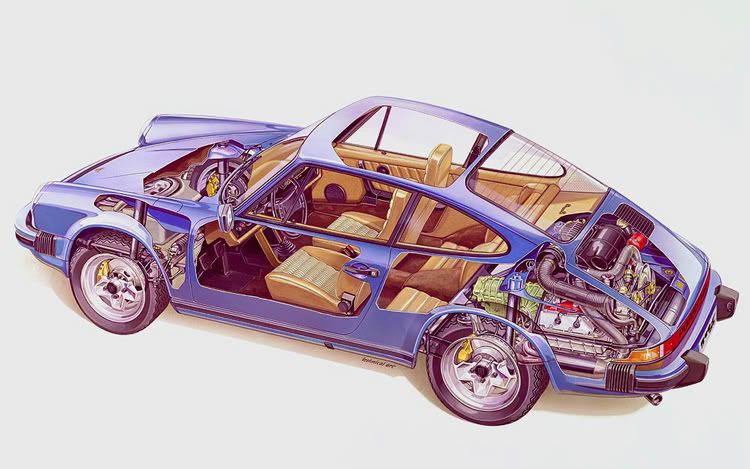marcush. wrote:I´m not sure if those books are really helpful with suspension layout.
I think first of all your general aims and hard points of the vehicle layout will determine the suspension layout.
so as a first you have to consider the target mass of the car and just were the big masses will be in the vehicle.
JT made it very clear what to look for in terms of weight distribution for different applications ,so compromise starts really ,well at the start.
Of course ,one could start by placing the batteries on a sled and move this ballast for acceleration ,hello DTM of the hightech years...but I think you are not going to
go this far...
with Double a-Arm suspension you will need a lot of internal structure to accomodate
the pickup points ..so packaging might be awkward.there is a reason ,not only cost ,for having dead axles and mcpherson struts...and as we can see from several fine race cars these systems can work just as fine...
so available space /packaging will be a big deciding factor ,I assume ease of manufacturing would also be something to consider as there are enough parts in this sort of car which cost a lot of money..
IMO thats backward. As JT mentioned, you want to figure out what tire you are using and use that as a start. Tire size drives wheel size, which can determine outboard pickup extremities. If you have tire data, you can put the kinematic into the window which the tire works, use that to drive your camber curve and steering geometry, and that should spit out what you need in terms of hard point location, and make a chassis that connects the dot, compromise packaging where needed. Given relative freedom you should be able to make a chassis that works for your desired suspension. Not the other way around I think. Now if you use a ton of aero though, that might put other things ahead of pure tire/kinematic consideration, which should just mean that you are shrinking where the hard points can go.

